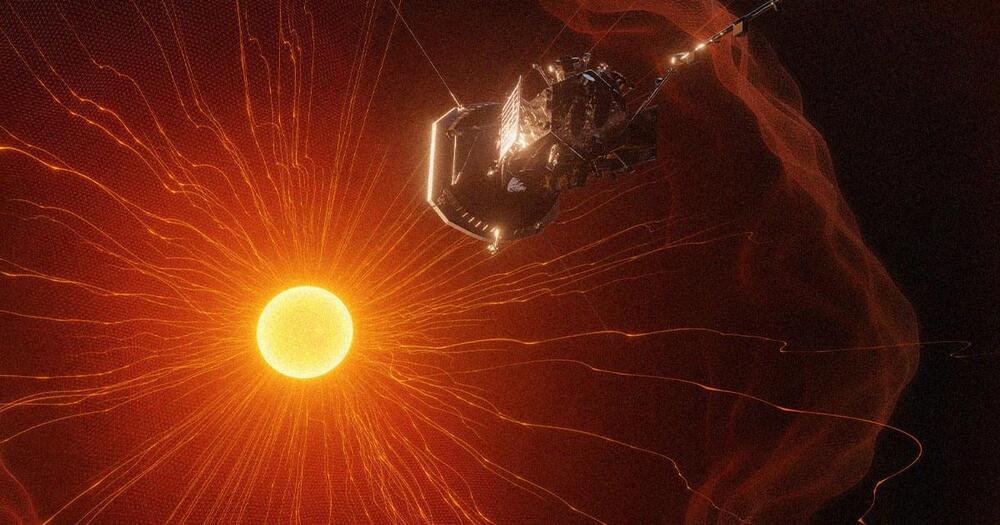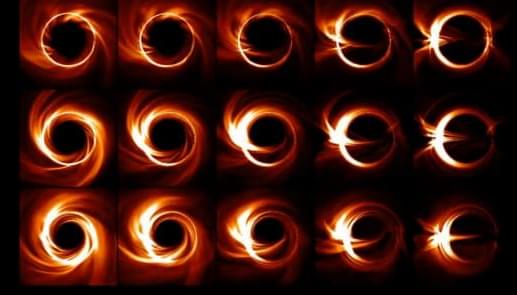This is crazy.


Cutting-edge computer technology designed to mimic the human brain is being used by hackers to create lifelike videos of celebrities and politicians. But now, bad actors are using this readily available tech to target everyday social media users in cryptocurrency scams.


It provides an extension of the physical identity to relive themselves as what they want in their dreams with luxurious brands.
Wearable NFTs can provide endless creativity, gender inclusivity, accessibility, and availability for new business models.
Thus, wearable NFTs is known as an eco-friendly alternative to wastage of dress materials and pollution from factories.

The U.S. Cybersecurity and Infrastructure Security Agency (CISA) has removed a Windows security flaw from its catalog of known exploited vulnerabilities due to Active Directory (AD) authentication issues caused by the May 2022 updates that patch it.
This security bug is an actively exploited Windows LSA spoofing zero-day tracked as CVE-2022–26925, confirmed as a new PetitPotam Windows NTLM Relay attack vector.
Unauthenticated attackers abuse CVE-2022–26925 to force domain controllers to authenticate them remotely via the Windows NT LAN Manager (NTLM) security protocol and, likely, gain control over the entire Windows domain.
Networks (connectivity) and dynamics are two key pillars of network neuroscience – an emerging field dedicated to understanding structure and function of neural systems across scales, from neurons to circuits to the whole brain. In this presentation I will review current themes and future directions, including structure/function relationships, use of computational models to map information flow and communication dynamics, and a novel edge-centric approach to map functional connectivity at fine temporal scales. I will argue that network neuroscience represents a promising theoretical framework for understanding the complex structure and functioning of nervous systems.
This video is part of the SNAC seminar series organized by Mac Shine, Joe Lizier, and Ben Fulcher (The University of Sydney).

A team of researchers led by Yale University.
Established in 1,701, Yale University is a private Ivy League research university in New Haven, Connecticut. It is the third-oldest institution of higher education in the United States and is organized into fourteen constituent schools: the original undergraduate college, the Yale Graduate School of Arts and Sciences and twelve professional schools. It is named after British East India Company governor Elihu Yale.


